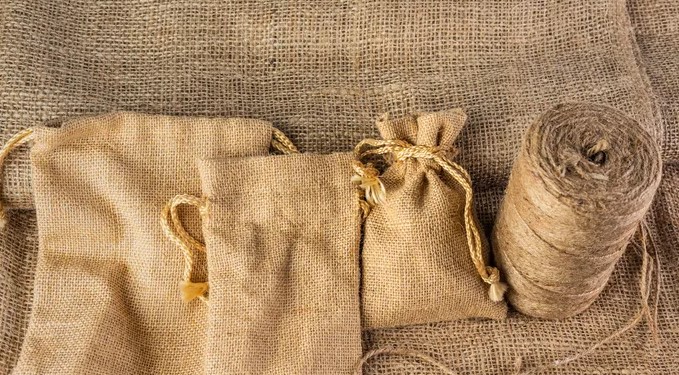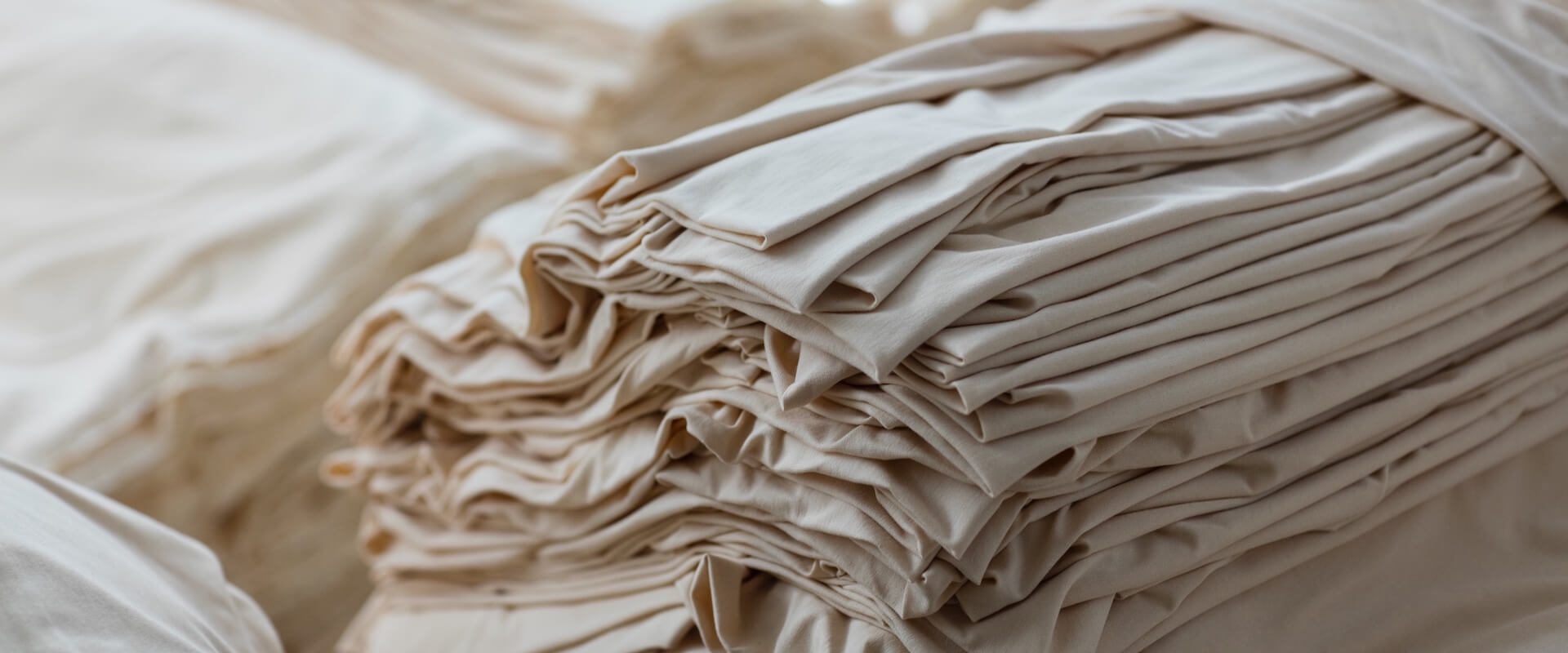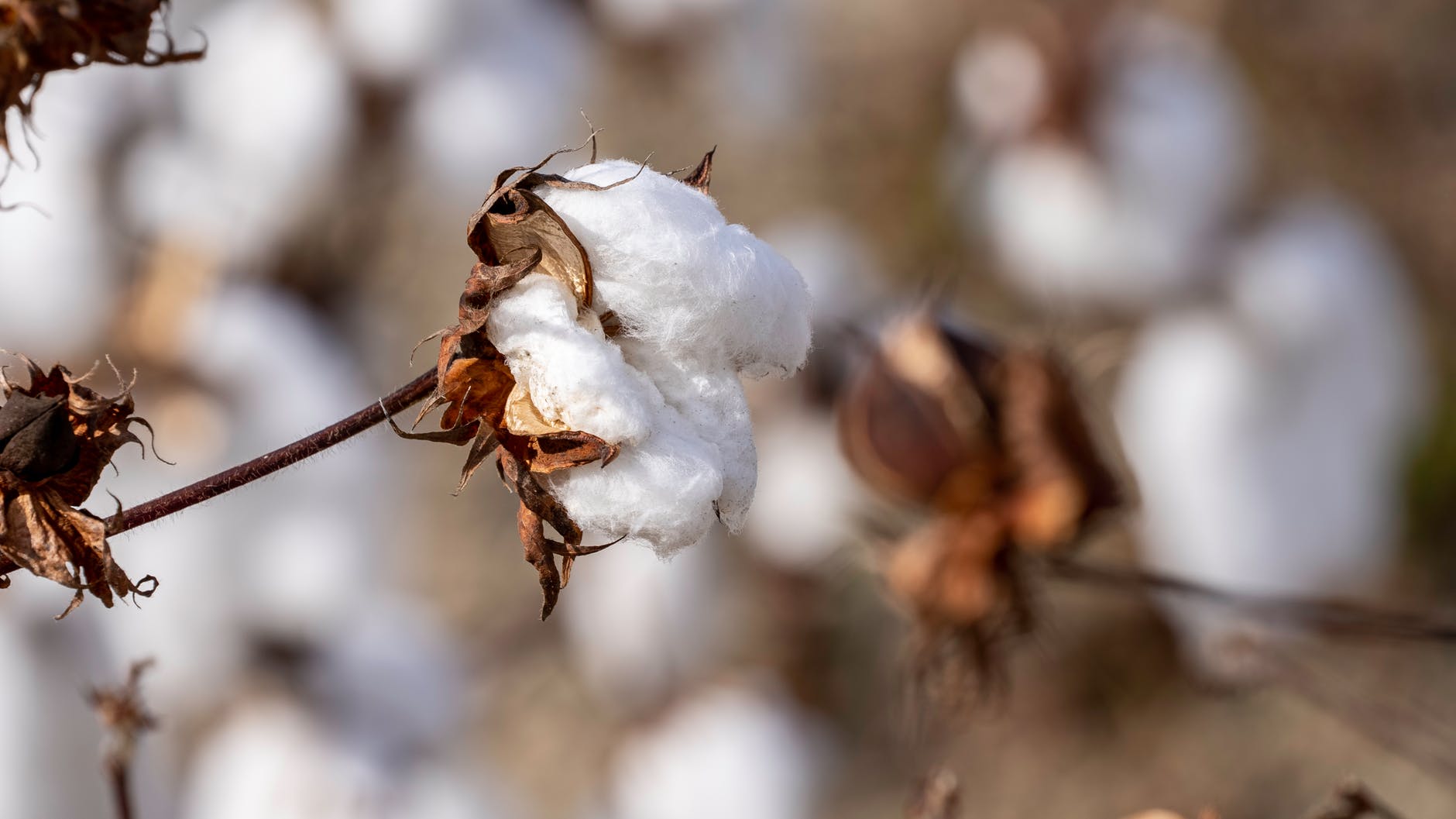An important industry that is often overlooked in the agricultural sector is the production of fibre crops. Processing fibre crops leads to products such as clothes, cordage, and filling (stuffing upholstery and mattresses). Examples of fibre crops are cotton, jute, kenaf, industrial hemp, sun hemp, and flax.
The textile sector is in the top five sectors that provide employment globally. Key competitors in the evergrowing market are China, the European Union, the United States, and India. According to a report by Mordor Intelligence, China is the world’s leading producer and exporter of both raw textiles and garments.
The United States is the leading producer and exporter of raw cotton, while also being the top importer of raw textiles and garments. The textile industry of the European Union comprises Germany, Spain, France, Italy, and Portugal at the forefront with a value of more than 1/5th of the global textile industry. India is the third-largest textile producer, and is responsible for more than 6% of the total textile production, globally.
Textile fibres can be classified into natural and man-made fibres. Among the natural fibres are those that are animal, vegetable, and mineral based. Animal fibre can be from hair (wool, alpaca, and camel) and secretion based, like silk.
Vegetable based are from seeds (cotton and kapok), bast (flax, hemp, jute, and ramie), leaves (abaca, sisal, and manial hemp), fruit based (coir), and mineral based (asbestos). Man-made fibres can be from natural polymers, synthetic polymers, and those from refractory materials.
Under natural polymers are regenerated cellulose, regenerated proteins, and cellulose esters. Synthetic polymers constitute polyamice, polyester, polyurethanes, poly-hydrocarbons, poly-vinyl, and refractory materials including metals and glass.

(Image source: sanvt.com)
The most dominant material when it comes to textiles in Africa is cotton. The top cotton producing countries in order of production levels are Tanzania, Uganda, Benin, Burkina Faso, Mali, Egypt, Ethiopia, and Senegal.
Not all sub-Saharan countries are sticking to cotton. South Africa now produces technical textiles such as hemp to aeronautics companies for their products. Ethiopia has invested more in textile mills, a welcome economic move for providing employment to its citizens.
Companies like H&M, operating mills in Africa, can make a difference to the economic woes of African countries, characterised by low wages and high unemployment.
With the emphasis nowadays on a ‘greener environment’ the fibre production industry has also seen the emergence of so-called ‘preferred fibres’. A preferred fibre or material is one whose production and use results in improved environmental and social sustainability compared to other fibres and conventional production methods.
Preferred fibres still only represent less than one fifth of the global fibre market. According to a report from Textile Exchange in 2022, global fibre production had almost doubled in the last 20 years, increasing from 58 million tonnes in 2000 to 109 million tonnes in 2020, and was expected to increase by another 34 percent in the next 10 years.

(Image source: sanvt.com)
For Africa, the lack of investment in research and development (R&D), and the slow rate of industrialisation continue to hinder the growth of manmade fibre production. The low income earning level populace would be the major market for man-made textiles, the same population that would be employed by the industry.
Other primary challenges faced by the Sub-Saharan textile industry include: the unstructured state of law and order within the textile industry; price fluctuations; inadequate training. The agro based industry is also exposed to the vagaries of nature and the absence of government subsidies.
Secondary challenges faced by the industry include energy shortages; gas load reduction; inadequate contemporary equipment; competition from synthetic fibres which are cheaper and easy to maintain, old and obsolete machinery,
and outdated technology of production.
It is the hope of textile industry participants that most of these challenges will be proactively addressed to foster growth both regionally and locally. The global textile market size was valued at USD 993,6 billion in 2021 and is anticipated to grow at a compound annual growth rate (CAGR) of 4% from 2022 to 2030 and our failure to optimallyparticipate is leaving us behind. As part of the developing Sub-Saharan African region we could be benefiting from higher Gross Domestic Products (GDP) for Low Income Countries (LIC).
Companies at the helm of the industry are not in Africa, and the top ten textile companies in descending order in terms of their market value are TJX Companies, Framingham, MA, USA; Lululemon Athletica, Vancouver, Canada; VF Corporation, Denver, CO, USA; Shenzhou International Group Holdings, Ningbo, Zhejiang, China; Zalando SE, Berlin, Germany; Prada, Milan, Italy; Toray Industries, Chuo City, Tokyo, Japan; Under Armour, Baltimore, MD, USA; Ralph Lauren Corporation, New York, NY, USA and PVH Corporation, New York, NY, USA.
References:
FIBRE2FASHION. (2022) Sub-Saharan Africa: Potential and Challenges in Textiles & Apparel Industry. Available at: https://www.fibre2fashion.com/industry-article/9406/sub-saharan-africa-potential-and-challenges-in-textiles-apparel-industry
Rooyen, A. F. V., Bjornlund, V., Bjornlund, H. (2020) Why agricultural production in sub-Saharan Africa remains low compared to the rest of the world – a historical perspective. Available at: https://www.tandfonline.com/doi/full/10.1080/07900627.2020.1739512
Ton, P. (2003) Organic cotton production and trade in sub trade in sub-Saharan Africa: The need for scaling-up. World Cotton Research Conference-3. Cape Town – South Africa. Available at: https://icac.org/Content/EventDocuments/PdfFiles22ca3e07_bf2d_4184_be64_44da283d287c/Organic%20cotton%20production%20and%20trade%20in%20sub-Saharan%20Africa.pdf
Frederick, K. Textile Production and Trade The History of African Development. Available at: https://www.aehnetwork.org/wp-content/uploads/2020/12/Frederick_textile_trade.pdf
Sub-Saharan African Textile and Apparel Inputs: Potential for Competitive Production. (2009) United States International Trade Commission. Investigation No. 332-502 USITC. Publication 4078 May 2009. Available at: https://www.usitc.gov/publications/332/pub4078.pdf
Watson, M. M. (2022). African Clothing and Textile Market. Available at: https://study.com/learn/lesson/african-textiles-overviewmarket-analysis-industry.html
Austin, G., Frankema, E., Jerven, M. (2017) Patterns of Manufacturing Growth in Sub-Saharan Africa: From Colonization to the Present. Available at: https://academic.oup.com/book/7358/chapter/152157269
Textile Market Size & Share Analysis. (2022) Available at: https://www.mordorintelligence.com/industry-reports/global-textileindustry—growth-trends-and-forecast-2019—2024
Preferred Fiber & Materials Market Report 2020. Available at: https://textileexchange.org/app/uploads/2021/03/Textile-Exchange_Preferred-Fiber-Material-MarketReport_2020.pdf









